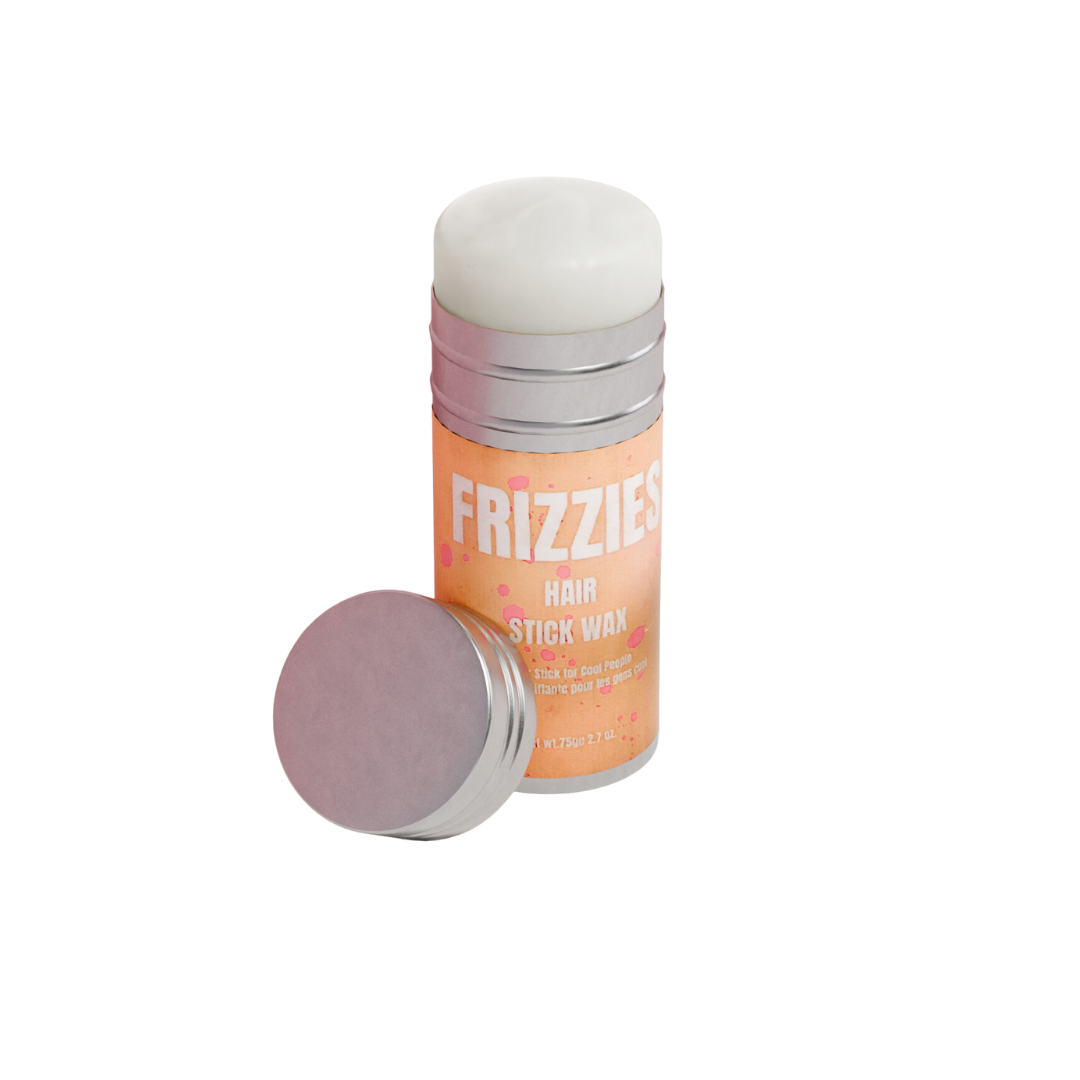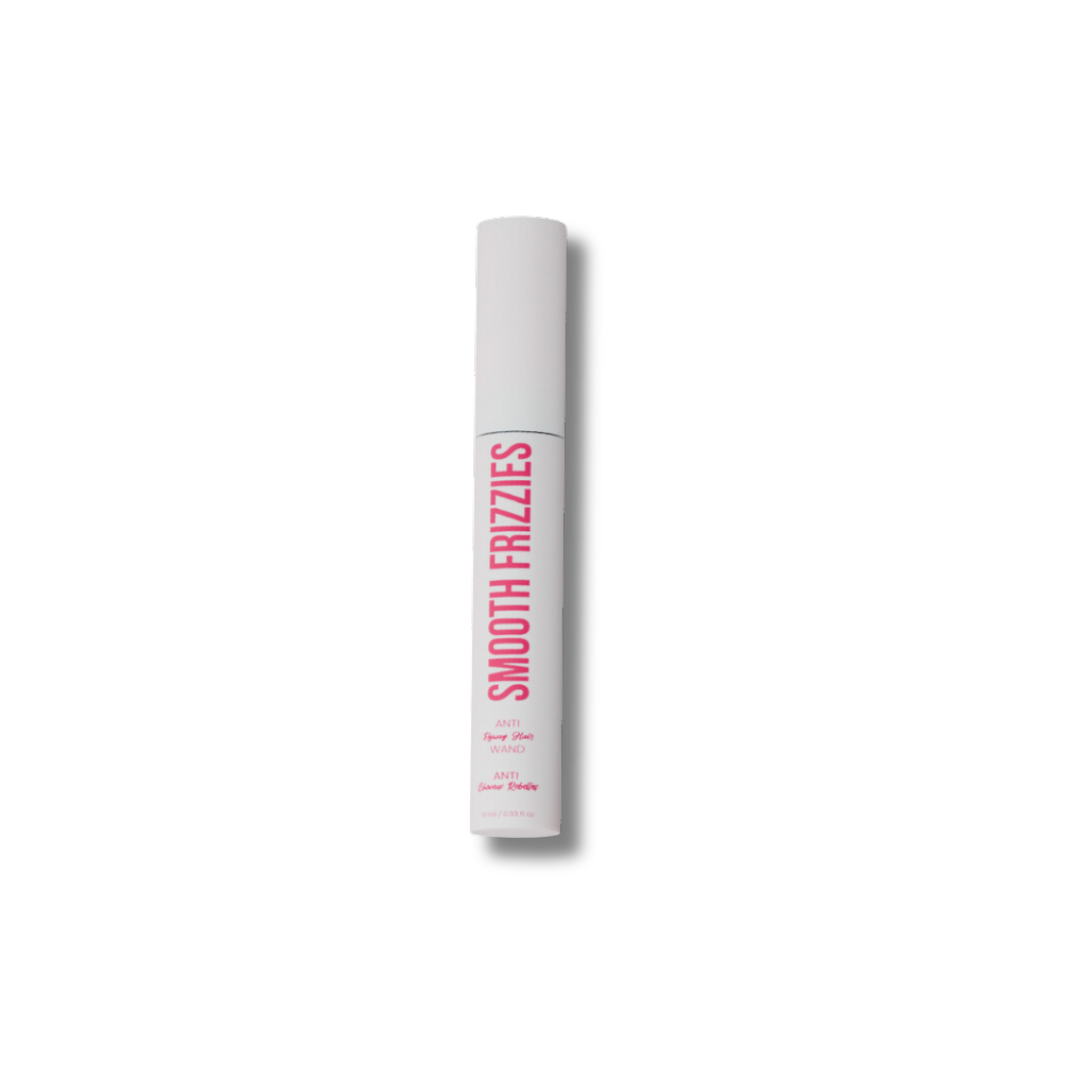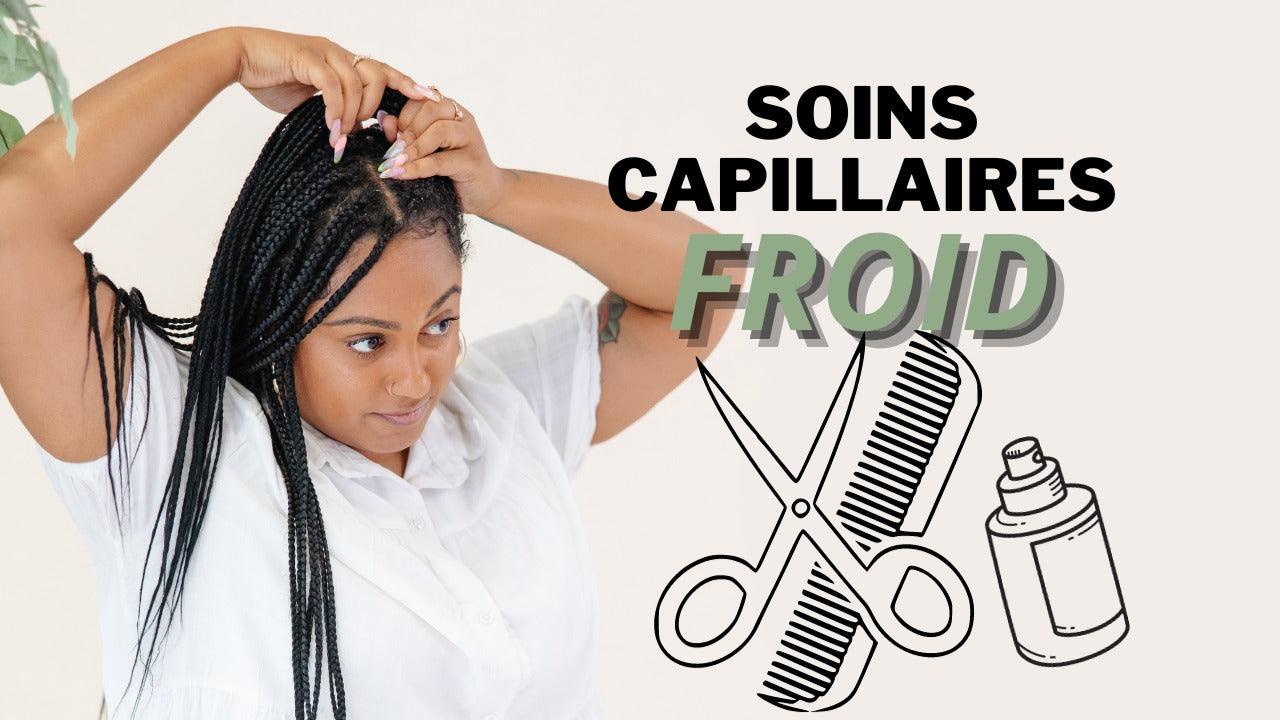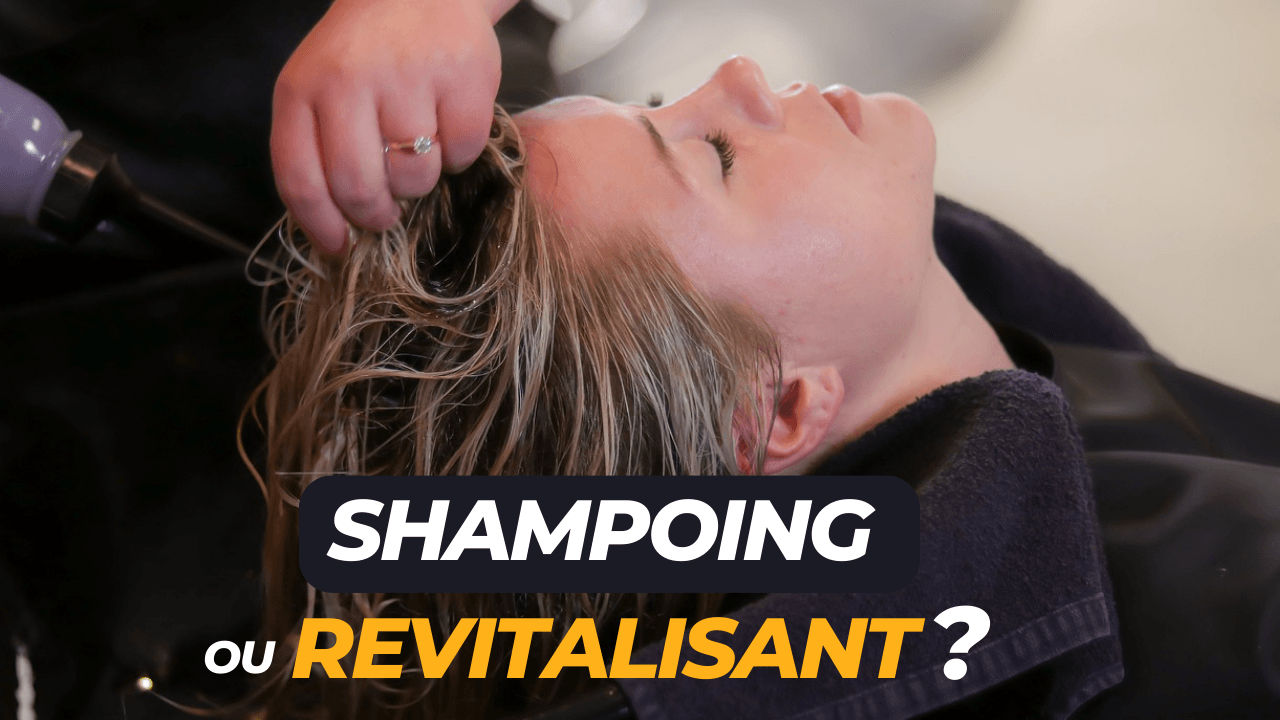Caring for your hair during scalp cooling is extremely important and a great way to ensure the best possible results, although it will likely differ from your usual hair care routine.
Introduction
If you haven't figured out your hair type yet, start with this article - "What is my hair type?" If you have type 1 or 2 hair, you've come to the right place. For those with type 3 and 4 hair, check out our hair care guide designed especially for you.
There are tips you can follow to ensure you take good care of your hair during treatment. People sometimes have a lot of anxiety about doing something that will cause all their hair to fall out, but that's extremely unlikely! Hair care aims to support the hard work you do with scalp cooling and ensure that the hair you are left with at the end of the treatment is in the best possible condition. There are no hard and fast rules, but here are some simple tips to get you on the right track:
HAIR CARE WITH SCALP COOLING - The Common Sense Guide
Washing Frequency
Do not wash your hair more than twice a week or less than once every ten days. This can be a big transition if you're used to washing your hair every day. Keep in mind that chemotherapy can dry out your hair and scalp, and frequent washing will contribute to making this dryness worse. Even if you currently wash your hair every day, your scalp will adapt quickly, and you should not find your hair too greasy once the treatment is well underway. However, it is important to continue washing your hair regularly, even if it is once a week, and especially if you are losing a lot of hair. Keeping your hair and scalp clean and manageable is crucial. Washing has the added benefit of releasing hair that's falling out, which can be scary, especially if you're losing a lot of hair and see the shower drain full of hair. But it's really important to remember that washing won't cause hair to fall out that wasn't already falling out. In conclusion, you know your hair best - be open-minded and follow your instincts, you will discover what works for you.
Use the right shampoo and conditioner
Use a dye- free, fragrance-free, and sulfate-free shampoo and conditioner . The brand doesn't matter as long as it meets these criteria. All of these ingredients can act as irritants, especially when your scalp becomes sensitive during chemotherapy. Also avoid baby shampoo, as it may be too alkaline for a sensitive scalp. Also try to avoid products containing parabens, as they may disrupt hormonal function by mimicking estrogen.
Smooth application
When washing your hair, apply shampoo and conditioner gently, without rubbing vigorously. At all costs, avoid the circular rubbing motions that you may be accustomed to.
Daily brushing
Brush your hair every day. This may seem counterintuitive if you're losing a lot of hair, but it's essential to free up the hair that's falling out. Brushing morning and night won't pull out any hair that hasn't already fallen out, but it will ensure that loose strands and shedding hair are removed, making knots and even tangled strands much less likely. It will also help to brush your hair before washing it.
Avoid heat styling
Avoid using heated tools like straighteners, flat irons or curling irons, as they can further dry out already dry hair, not to mention the strain they can put on the roots. It's okay to use a hair dryer on cool setting, but use your hands and fingers instead of a brush, to avoid straining the roots.
Use accessories
Feel free to use clips, headbands, hats, scarves, etc., to accessorize and hide patchy baldness or thinning. Avoid tight ponytails to minimize tension on the roots. For long hair, a braid or low bun can be good solutions, while for short hair, tie up the front sections or use a soft headband.
Dry shampoo and colored root sprays
Dry shampoo and colored root sprays are perfectly acceptable. Test them first to make sure there is no scalp sensitivity, but using dry shampoo for "bad hair days" or color fibers and root spray to cover the Patchy hair loss is totally okay. However, try to avoid using too much to prevent product buildup.
Conclusion
But most important of all – BE KIND TO YOUR HAIR AND TO YOURSELF. Try not to worry too much. If you follow the guidelines above and trust your instincts, you will do just fine. It's a tough road, but remember, you're doing everything in your power to preserve your hair.






Leave a comment
This site is protected by hCaptcha and the hCaptcha Privacy Policy and Terms of Service apply.